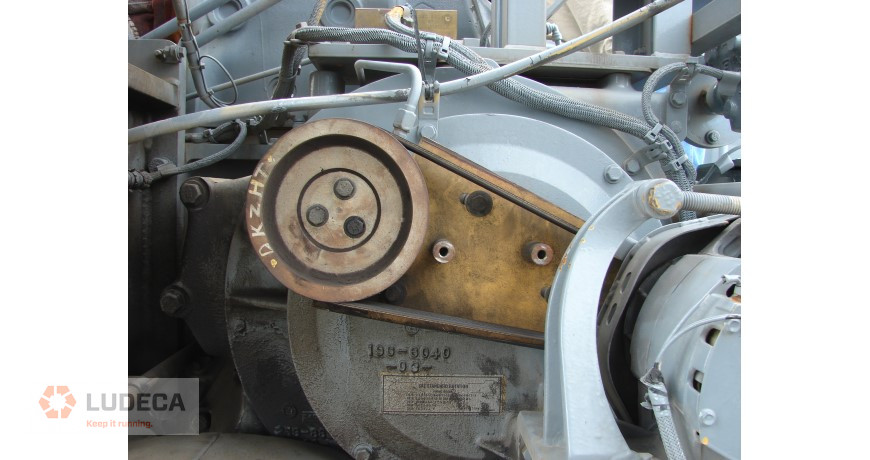We previously discussed in this series, Environmental Compliance Through Efficient Work Practices: Part 1. In this blog, we discuss goals for efficient work practices like proper alignment and belt alignment.
Upgrading tools and introducing more complete training should be part of any company’s operating plan, so we will see how much impact can be made by implementing solid information and work techniques that can impact the output of the machines, the reduction of stress of maintenance, and the achieved realization of environmental compliance.
Proper alignment
In cases where an engine is running outside parameters for alignment, there is additional power consumption from the deformation of the coupling, the crankshafts, and the bearings. Having an alignment even a few thousandths of an inch outside of specifications can create enough bind to require 50-100 horsepower on a large engine. While that is not a lot for an engine rating 1780HP, it is enough to possibly put it over the permitted level, and incur a fine (in some states, that fine can be as much as $30,000 per day, back to the last time it was proven to be passing). Providing an accurate alignment procedure and using proper tools, we can expect to reduce that parasitic loss right at the point of power transmission and give that engine a cushion should the load be increased later for actual production demands.

Belt alignment
A large number of these engines have huge cooling systems that are driven by the auxiliary drive of the engine. The belts that transmit this power can be massive, and leave the pulleys huge. Misalignment of these pulleys makes the belts deform and consumes power by constantly flexing. This also generates high working loads at the bearing that supports those pulleys. As the lubricant works harder within that bearing, it breaks down, and the bearing becomes harder to rotate. Again, we have a situation where the engine is being tasked extra to make up for these losses. Having an accurate system such as the Easy-Laser XT190 for proper pulley alignment can greatly reduce the power this sub-system requires for basic operation.
Stay tuned for my final blog of this series where I discuss proper adjustment of cooling fan blades and the right amount of lubricant needed for bearings!
Related blog: Guidelines for Proper Belt Installation including Sheave Pulley Alignment
Filed under:
Alignment by Chris Greene CRL
